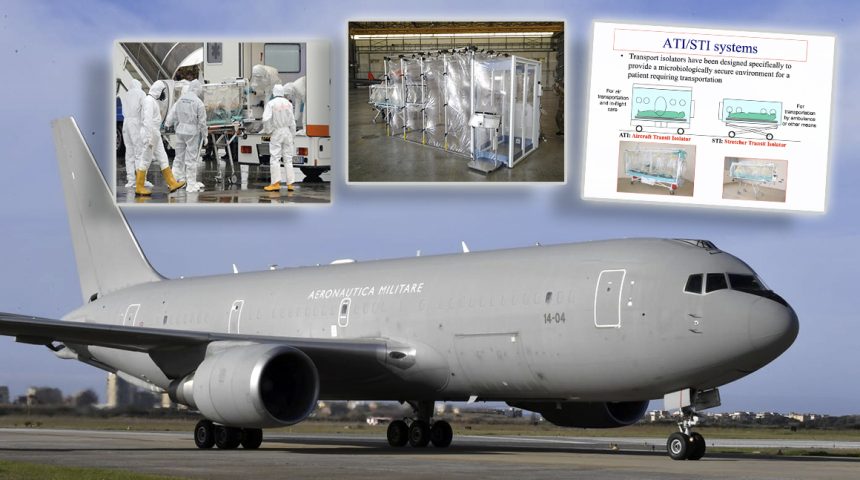The U.S. Air Force, RAF and Italian Air Force are the only ones to have the ability to carry out Bio-containment missions aboard their aircraft.
In the next hours, a Boeing KC-767A tanker and transport aircraft of the 14° Stormo (Wing) of the Aeronautica Militare (Italian Air Force, ItAF) will depart from Pratica di Mare Air Base, near Rome, to carry out the air evacuation of an Italian student stuck in Wuhan, China, who could not be repatriated along with the others on Feb. 2, 2020, because he developed fever. While the same aircraft has already taken part in a previous flight to the Chinese town that is the coronavirus epicentre, the next one will be in “bio-containment” configuration.
This kind of missions are flown with an aeromedical isolation crew that can take care of the patient in isolated area of the aircraft (with bathroom) because he/she has been exposed to, or infected with, highly infectious, potentially lethal pathogens. For this reason, aircraft involved in this tasks require specific disinfection and decontamination procedures after the mission.
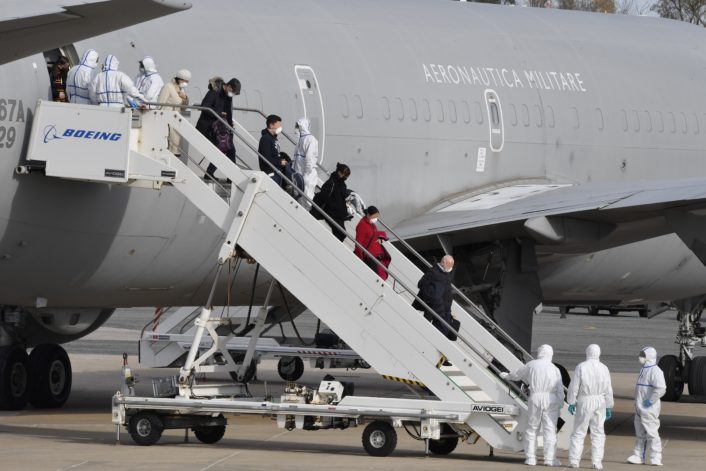
Considered the peculiar health conditions of the patients, it is also important to make sure the quality of the flight is not affected by the so-called major and minor stressors of flight:
- Major stressors are Hypoxya and Barometric pressure changes that can induce expansion of trapped gas, decompression and sickness
- Minor stressors are Dryness, Noise, Vibrations and turbolence, Temperature changes and overall Fatigue of flight
ATIs (Air Transit Isolators) are boarded for these missions. An ATI is a self-contained isolation facility designed to transport safely a patient during air evacuation, protecting healthcare personnel, air crew and the aircraft from exposure to the infectious agents. The ATI provides a microbiologically secure environment using a multi-layer protection: around the rigid or semi-rigid frame, a PVC “envelop” surrounds the patient while allowing observation and treatment of the patient in isolation and an Air Supply Unit puts the ATI unit under negative pressure, with HEPA Inlet and Outlet filters that filter out 99,97% of particles 0.3mm and larger preventing the passage of potentially infected micro-particles. Four 12V batteries with an operating time of 6 hours each provide the ATI 24 hours independent time.
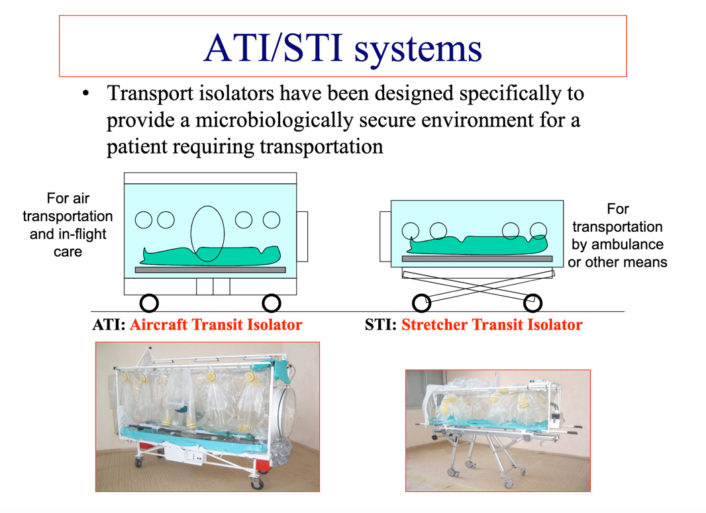
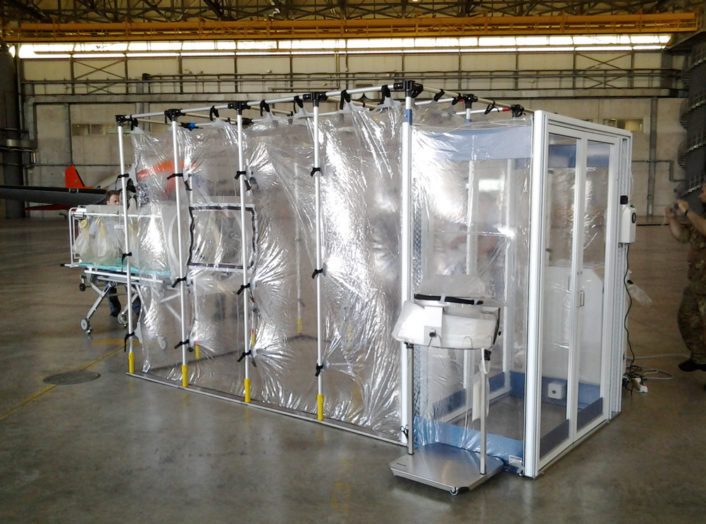
The team is usually composed of a Team Leader, a doctor who is responsible for coordinating the mission, manages relations with the civil entities involved and supervises all the operations. At least two medical officers (an anesthesiologist and an infectious disease specialist) are responsible for the health management of the patient while six non-commissioned officers take care of the patient and carry out transport procedures.
Needless to say, all the team wears protective gear that may vary according to the required Biosafety Level and that can range from simple gown, facial mask and gloves up to the Full body suit (tychem C) with positive pressure gloves.
The Aeronautica Militare has started developing the bio-containment evacuation capability since 2005, with the purchase of the ATI systems. Military doctors and nurses attended the training courses of the U.S. Army Institute of Infectious Diseases in Maryland, while the assets used for this peculiar mission were certified by the Centro Sperimentale Volo (Flight Test Wing). The ATI has been certified in extreme conditions after undergoing Rapid decompression, Vibration, Electromagnetic and Environmental Tests and can be carried by the ItAF C-130J, the C-27J and the KC-767A that have carried out some bio-containement missions in the last few years: on Nov. 25, 2014, a KC-767 repatriated an Italian doctor who developed a fever and was positive at the Ebola virus after working at a clinic located few miles west of Sierra Leone’s capital Freetown. Earlier, on Jan. 24, 2006, a C-130J transported back to Italy a patient suffering from a severe form of pulmonary tuberculosis resistant to any pharmacological treatment.
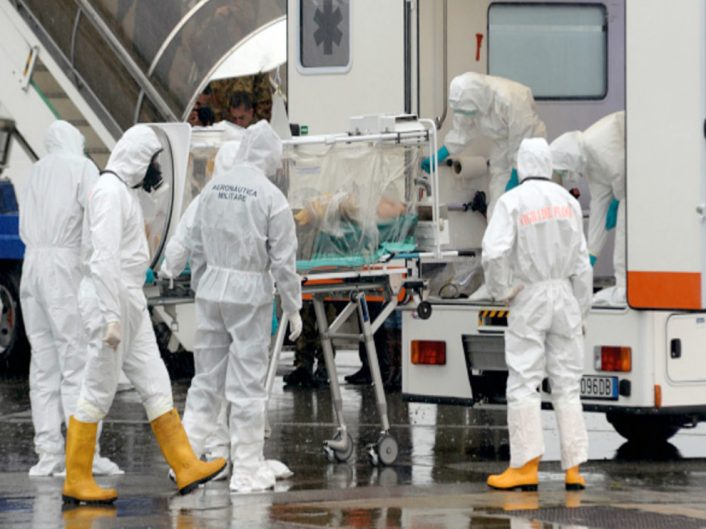
Just a few air forces are able to conduct bio-containment flights like those described above: the U.S. Air Force and UK’s Royal Air Force are the other services capable to perform such mission.
In Italy, the bio-containment mission is a military capability available for civilian use (for this reason it is called a “dual use” capability): it was developed in coordination with the Ministry of Health, Ministry of Interiors and Ministry of Foreign Affairs, as well as the Protezione Civile (Civil Protection).

